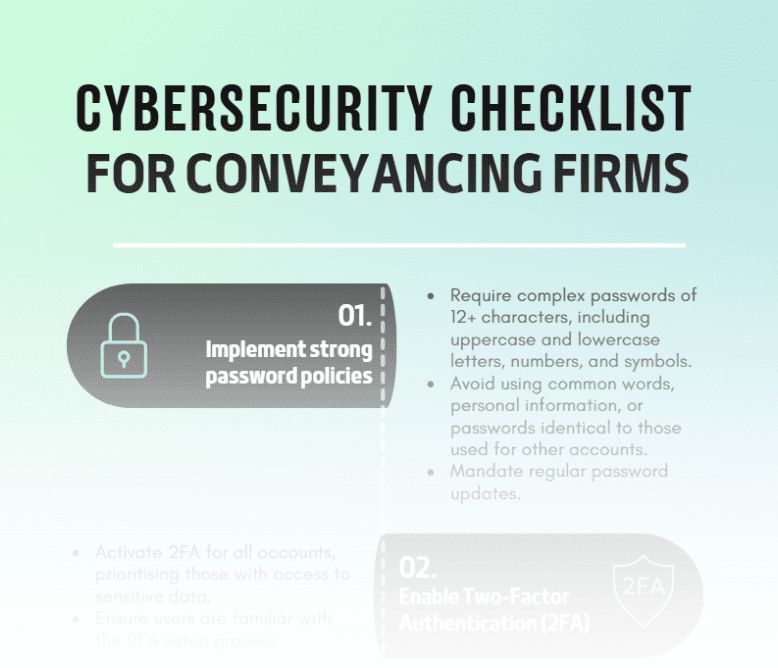Over the past decade, Australia’s conveyancing sector has undergone a technological transformation, taking it from a face-to-face and paper-based profession to one with conveyancing tech at its core.
To date, this evolution has taken place over two waves, one of which reshaped the conveyancing transaction and the other of which changed the way conveyancers run their businesses.
Now a third wave is upon us, built around emerging technologies like generative AI and automation. And this one could be even more disruptive, potentially even transforming the work of conveyancers themselves.
“Tools such as generative AI could impact all core legal work, including conveyancing,” says Joel Barolsky, Managing Director of Barolsky Advisors and Senior Fellow of the University of Melbourne. “They have the potential to assist in the drafting of contracts, perform legal research, compare documents and policies and flag non-compliance – all actions currently performed by skilled humans.”
Wave two: Transforming the way conveyancers work
The second wave of tech disruption was less about the conveyancing transaction and more about how conveyancers carried out their day-to-day work, especially when it comes to managing both clients and their practices.
COVID-19 didn’t simply hit the accelerator for digitising the conveyancing transaction. It also became a catalyst for many practitioners to truly integrate tech into their business operations.
With travel restrictions and lockdowns a new feature of life, as many as 50% of all Australians – and an even higher number of professionals – worked from home over large periods of 2020 and 2021. This drove the takeup of tools that enable remote working, with collaborative software such as Microsoft Teams, Google Suite, Slack and Zoom becoming the standard means of communication in many conveyancing practices.
However, the changes in this second wave of digitisation weren’t driven only from within practices. As clients became accustomed to working from home and using technology to interact with the world, they also increasingly expected their service providers to do the same thing.
One McKinsey study found that these changing customer expectations were among the most likely effects of the pandemic to last into the post-pandemic world. It also concluded that the businesses that set themselves up to deal with this new reality were the most likely to succeed over the coming years.
More than a pandemic
Chris Tyler says, however, that COVID-19 wasn’t the only factor behind this wave.
“In many ways, the COVID pandemic was a real enabler for technology,” says Chris Tyler. “But the trend towards digital adoption started well before that.”
Tyler argues that an even more significant factor in the take-up of tech relates to costs. The rise of Cloud computing, as well as the growing capability, increased competition, and changing models of software providers, have put technology well within the budgets of most conveyancers.
“Even though we do specialist work, in many ways, conveyancers are small businesses, and the issues and solutions that apply more broadly to the SME sector also apply to us,” Tyler explains. “Every decision we make has to be undertaken using a cost-benefit analysis, so when prices come down, it can make a massive difference to uptake.”
This is borne out by the rapidity with which prices for Saas products have come down, at the same time as their capabilities have gone up exponentially. Today, an ongoing subscription to MYOB Business Pro costs less than $30 a month, as does an ‘essentials’ package on Intuit Quickbooks.
Unlike a decade ago, today’s accounting software also does so much more, linking with payroll, payment and invoicing, and practice management software.
These integrations mean conveyancers are operating on a single system, one with a customer relationship management (CRM) system, such as triConvey, at its centre. This powers all other functions of practice, from marketing and customer service to the conveyancing transaction itself, and moving the profession towards a paperless office.
Read wave three, transforming the work of conveyancing.






